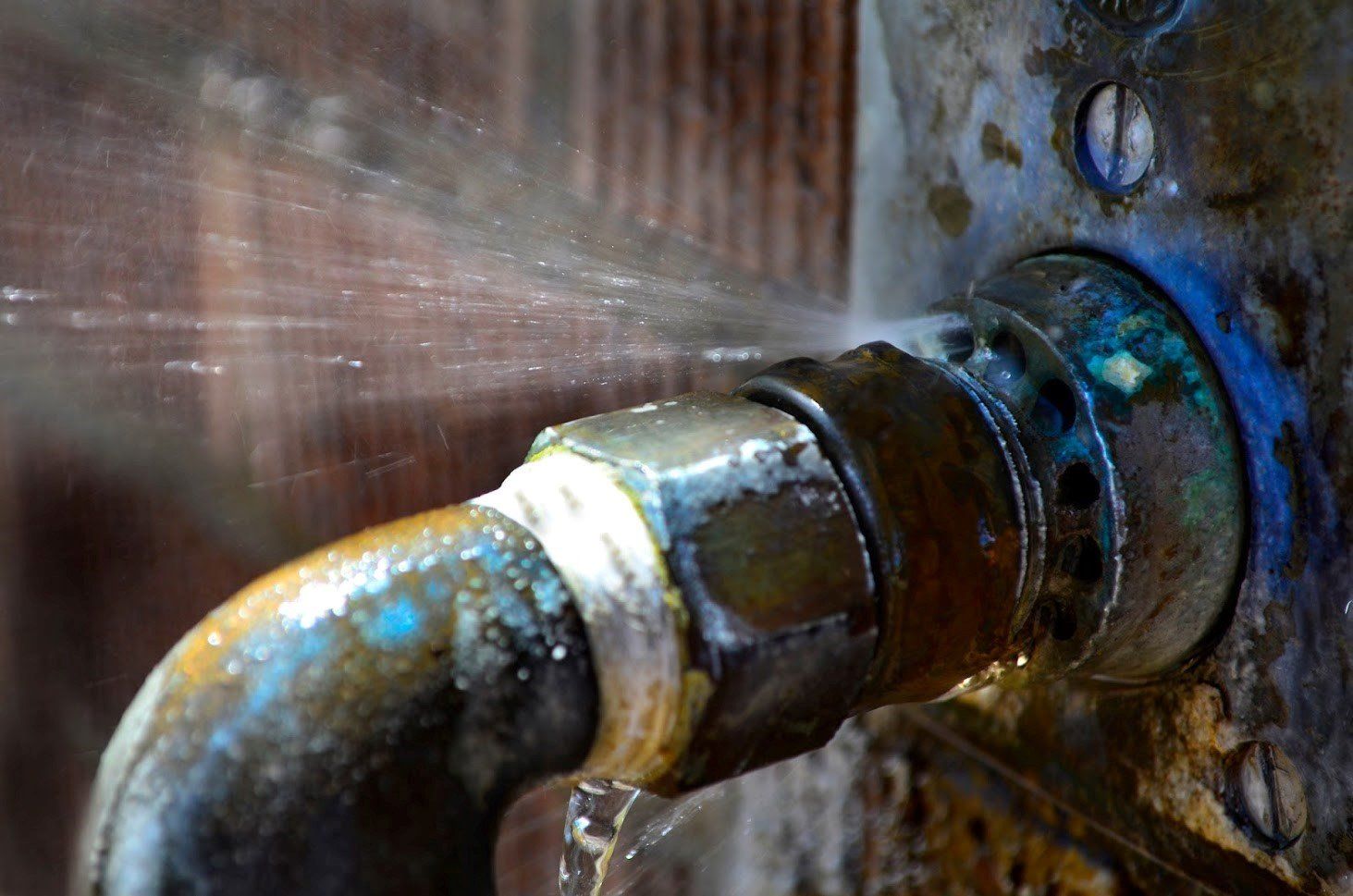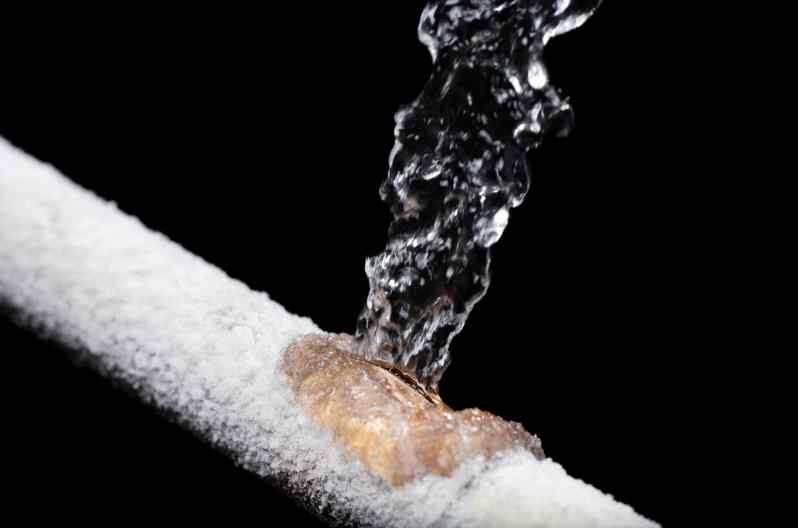What are your insights and beliefs about What to Know Before Installing a Dishwasher?

A burst pipe is a significant emergency; you can only stand as you enjoy water you pay very much to rejoin with the planet. In worse instances, you discover a swimming pool on your kitchen area flooring, which is a terrific journey risk, specifically if you have kids around. If the pipe that burst remained in your walls, trouble: you may require to repaint that whole section.
Just how can a disaster like a ruptured pipe be protected against and taken care of? Well, by listening to your specialist emergency plumbings and adhering to these guidelines.
Exactly how do I recognize when my pipes have ruptured?
Varying water stress
Pipes do not simply burst in a day. You might have noticed that your kitchen area faucet or shower does not run instantly when you turn the tap. It may stop briefly for a couple of seconds and afterwards blast you with more force than common.
In various other instances, the water may appear normal initially, after that drop in pressure after a couple of seconds.
Infected water
Many people presume a ruptured pipe is a one-way outlet. Fairly the contrary. As water flows out of the hole or laceration in your plumbing system, impurities find their way in.
Your water might be infected from the source, so if you can, inspect if your water tank has any type of troubles. However, if your drinking water is provided and also purified by the city government, you must call your plumber quickly if you see or smell anything amusing in your water.
Puddles under pipelines and sinks
When a pipe bursts, the discharge creates a pool. It may appear that the puddle is expanding in dimension, and also no matter how many times you mop the puddle, in a couple of minutes, there's one more one waiting to be cleaned up. Usually, you might not be able to trace the pool to any kind of visible pipelines. This is an indicator to call a specialist plumber.
Damp walls and water spots
Before a pipeline ruptureds, it will certainly leakage, the majority of times. If this persistent dripping goes unnoticed, the leak may finish right into a large tear in your pipe. One very easy means to prevent this emergency is to keep an eye out for damp walls ad water stains. These water stains will lead you right to the leak.
Untraceable dripping noises
Pipe bursts can happen in the most unpleasant places, like within concrete, inside walls, or under sinks. When the house goes silent, you may be able to listen to an aggravatingly relentless trickling sound. Even after you've inspected your shower head and kitchen tap, the trickling might proceed.
Beloved visitor, the leaking may be coming from a pipe inside your walls. There isn't much you can do concerning that, other than inform a professional plumber.
Turn up the Heat
Establish followers to blow warm into cold areas. Maintain the garage door closed. If you have actually minimized water flow, heat the most at risk pipelines (normally in basements and crawl spaces or near outside wall surfaces) with a hair dryer. Leave the faucet on while you use warmth. As you thaw ice, the circulation will increase. To stop pipelines from freezing, insulate your walls.
Start Getting Rid of the Water
Order the mop, pails as well as a shop vacuum cleaner to begin to eliminate the water due to the fact that you definitely don't desire it soaking into every little thing else in the house. And also, a fast clean up will certainly minimize the chances of something obtaining musty.
What do I do when I spot a burst pipe?
Your water meter will certainly continue to run also while your water wastes. To reduce your losses, locate the primary controls and transform the supply off. The water mains are an above-ground framework at the edge of your residential or commercial property.
How to Fix & Detect a Leaking Pipe
How Do I Know if a Pipe is Leaking?
Leak detection tests can help you determine if your pipe has a leak. Even if you don’t see an apparent leak, you should still conduct leak detection tests regularly to save water and money—and prevent major damage to your home.
- Water meter. It can be helpful to figure out what your usual water meter usage numbers are and then monitor them regularly. To monitor your meter, first, turn off all water faucets in your home. Check the meter and write down the numbers. In a few hours, check the meter again. If the numbers have changed, you have a leak.
- Water gauge. Use a water gauge to test your water pressure. Your showerhead should produce a certain amount of water pressure based on its model and design. If the pressure is lower than it is supposed to be for that specific showerhead, your home likely has a leak.
- Puddles. Look inside your bathroom, laundry, and kitchen sink cabinets. Puddles around the cabinets or around toilets, tubs, showers, and washing machines indicate the presence of a leaking pipe. You may also notice loose tiles, peeling or flaking paint, or mold caused by water accumulation.
- Napkin test. Even if you don’t see any puddles, you may still have a leak. You can test for water leaks in the bathroom, laundry, and kitchen by wiping below-sink connections with a napkin, paper towel, or piece of toilet paper. If it becomes damp, you probably have a leaking pipe under the sink.
- Discolored walls. Walls that are discolored—usually with brown or yellow stains—or bulging might mean that they have been impacted by water damage caused by a leaking pipe.
- Smell. A leaky pipe will create sitting water, and over time, that water may develop a musty smell. If your home smells musty, but you can’t locate the source, it may be due to a leak.
Steps for Fixing a Leaking Pipe
- A leaky drain can be remedied by tightening the pipe base, replacing the drain seal, caulking the rim, and tightening the pipe nut.
- Similarly, a leaking toilet pipe can be treated by tightening the packing nut. You may also need to replace the valve.
- A leaky faucet may just need tightening or replacement of the washers. If that doesn’t work, consider replacing your faucet.
- If your pipe has a hole in it, you may want to use a pipe leak sealer or pipe leak tape. This quick fix for water pipe leaks can also temporarily fix a copper pipe leak.
https://www.ahs.com/home-matters/quick-tips/how-to-tell-if-pipes-are-leaking/

We had been shown that article on What to Know Before Installing a Dishwasher from a good friend on another web blog. Sharing is nice. One never knows, you could be helping someone out. We cherish reading our article about What to Know Before Installing a Dishwasher.
See Availability
Comments on “From Detection to Correction: A Fast Approach to Handling Burst Pipes”